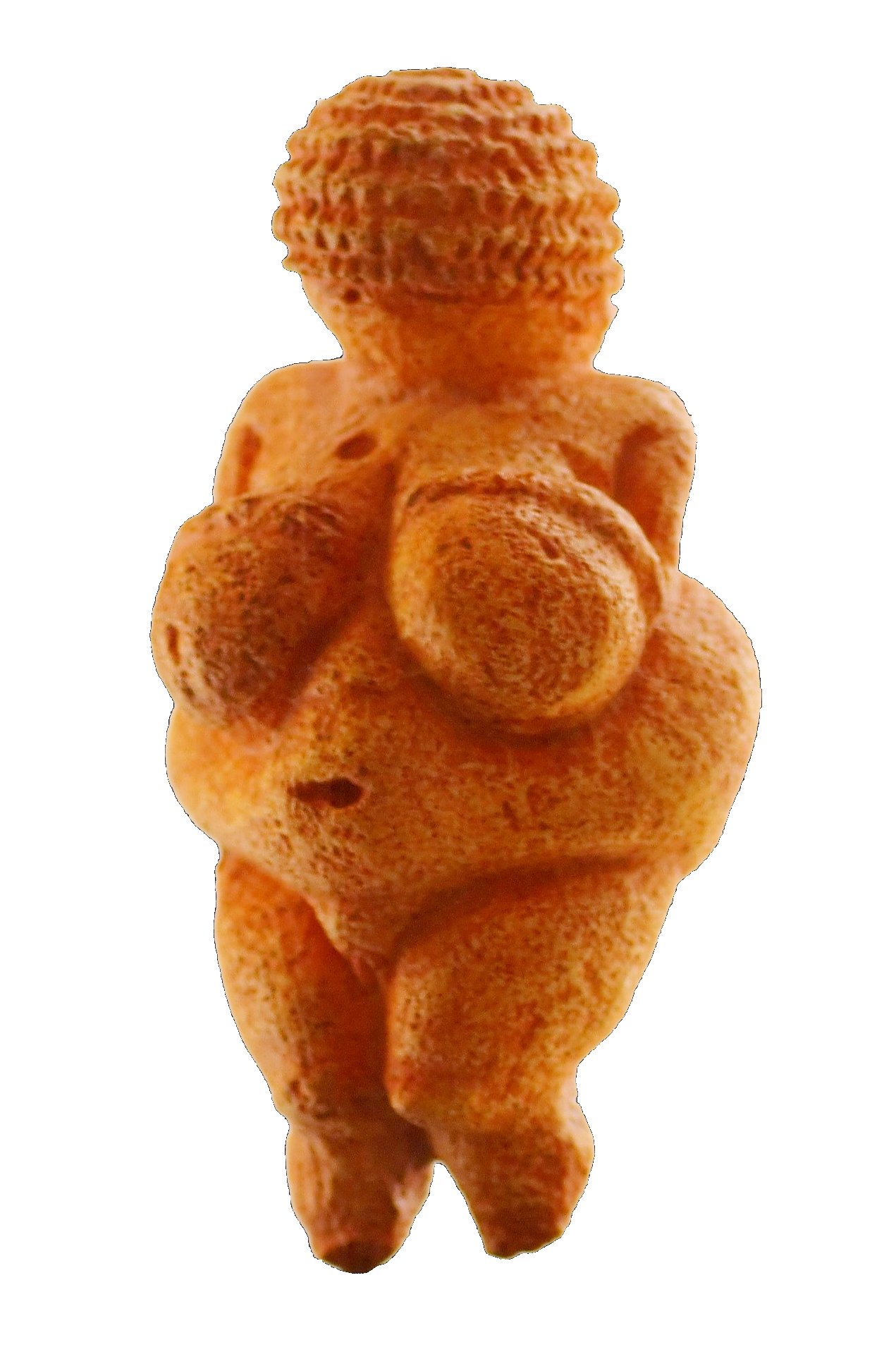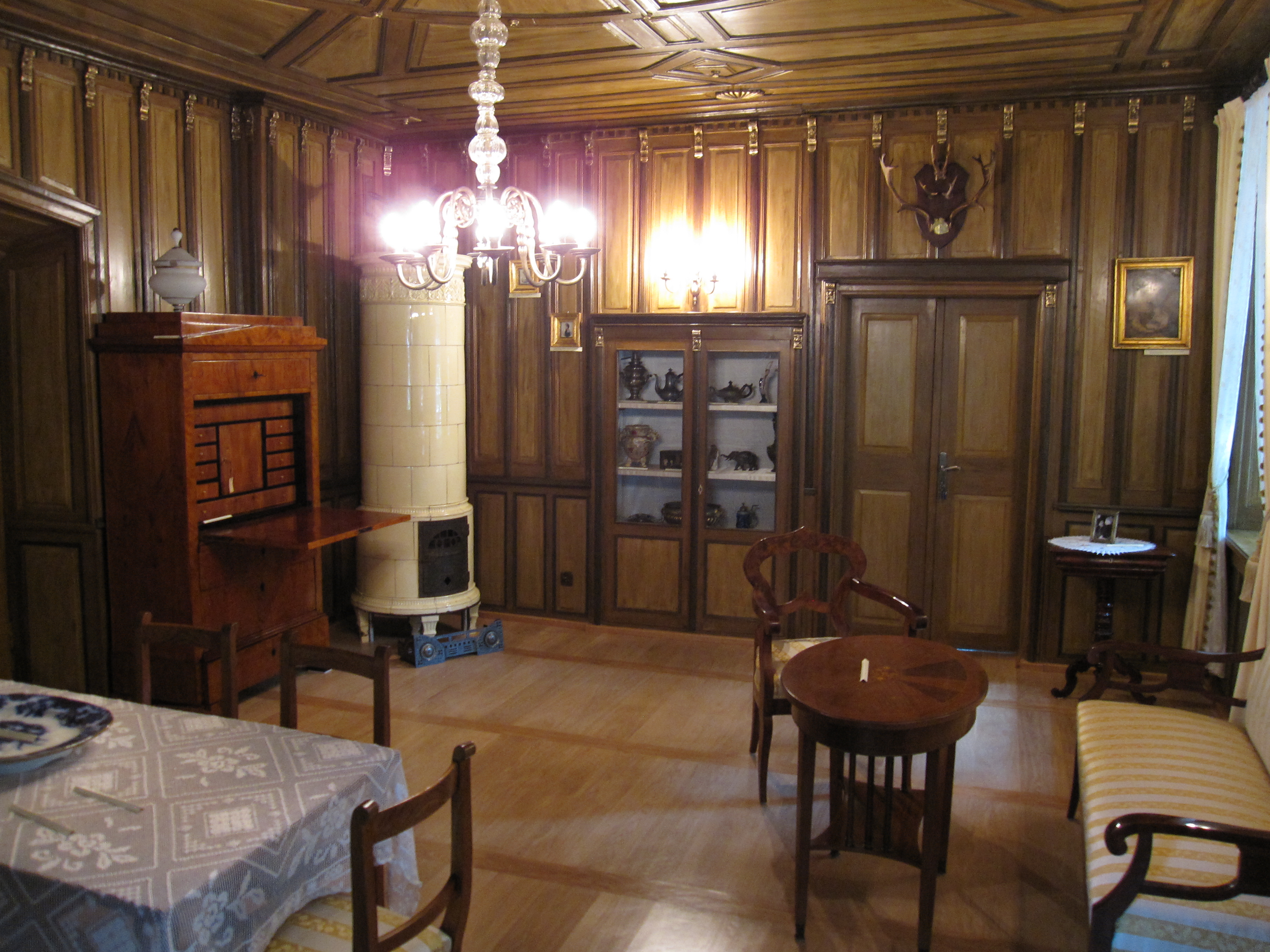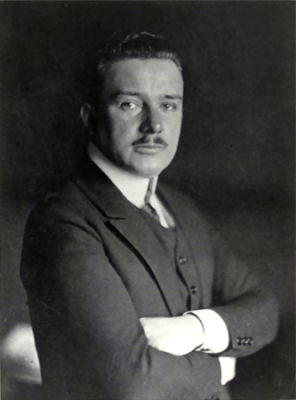|
Vienna Museum
The Vienna Museum ( or ''Museen der Stadt Wien'') is a group of museums in Vienna consisting of the museums of the history of the city. In addition to the main building in Karlsplatz, the group includes some locations, numerous specialised museums, musicians' residences and archaeological excavations. The permanent exhibit of art and the historical collection on the history of Vienna include exhibits dating from the Neolithic to the mid-20th century. The emphasis is on the 19th century, for example works by Gustav Klimt. In addition, the Vienna Museum hosts a variety of special exhibitions. The museum reopened in December 2023 after a three years reconstruction and extension of the building, which was erected after the Second World War based on plans of Oswald Haerdtl. History Originally known as the Historical Museum of the City of Vienna (''Historisches Museum der Stadt Wien''), its existence dates back to 1887, and until 1959 was located in the Vienna Town Hall (''Ra ... [...More Info...] [...Related Items...] OR: [Wikipedia] [Google] [Baidu] |
Karlsplatz
is a town square on the border of the first and fourth districts of Vienna, Austria. It is one of the most frequented and best connected transportation hubs in Vienna. The Karlskirche is located here. The first district can be reached either by subway ( Karlsplatz station) or via Operngasse (a street). The pavilions of the former Karlsplatz Stadtbahn Station remain despite the construction of the U-Bahn system. Architecture The largest area of the square on the south side, Resselpark, is named after the inventor Josef Ressel. To the east is the Karlskirche, located in front of a water pool with a sculpture by Henry Moore with the building of the Vienna Museum (formerly the Historical Museum of Vienna) and the Winterthur Insurance building. On the west side of it is the main building of the Technische Universität Wien (Vienna Technical University) and the Protestant school. In Resselpark, monuments and busts are of famous people such as the inventor Siegfried Marcus and ... [...More Info...] [...Related Items...] OR: [Wikipedia] [Google] [Baidu] |
History Of Austria
The history of Austria covers the history of Austria and its predecessor states. In the late Iron Age Austria was occupied by people of the Hallstatt Celtic culture ( 800 BC), they first organized as a Celtic kingdom referred to by the Romans as Noricum, dating from 800 to 400 BC. At the end of the 1st century BC, the lands south of the Danube became part of the Roman Empire. In the Migration Period, the 6th century, the Bavarii, a Germanic people, occupied these lands until it fell to the Frankish Empire established by the Germanic Franks in the 9th century. The name ''Ostarrîchi'' (Austria) has been in use since 996 AD when it was a margravate of the Duchy of Bavaria and from 1156 an independent duchy (later archduchy) of the Holy Roman Empire (962–1806). Austria was dominated by the House of Habsburg and House of Habsburg-Lorraine from 1273 to 1918. In 1806, when Emperor Francis II of Austria dissolved the Holy Roman Empire, Austria became the Austrian Empire, and was ... [...More Info...] [...Related Items...] OR: [Wikipedia] [Google] [Baidu] |
Coffeehouse
A coffeehouse, coffee shop, or café (), is an establishment that serves various types of coffee, espresso, latte, americano and cappuccino, among other hot beverages. Many coffeehouses in West Asia offer ''shisha'' (actually called ''nargile'' in Levantine Arabic, Greek, and Turkish), flavored tobacco smoked through a hookah. An espresso bar is a type of coffeehouse that specializes in serving espresso and espresso-based drinks. Some coffeehouses may serve iced coffee among other cold beverages, such as iced tea, as well as other non-caffeinated beverages. A coffeehouse may also serve food, such as light snacks, sandwiches, muffins, cakes, breads, pastries or donuts. Many doughnut shops in Canada and the U.S. serve coffee as an accompaniment to doughnuts, so these can be also classified as coffee shops, although doughnut shop tends to be more casual and serve lower-end fare which also facilitates take-out and drive-through which is popular in those countries, com ... [...More Info...] [...Related Items...] OR: [Wikipedia] [Google] [Baidu] |
Vienna Stadtbahn
The Vienna Stadtbahn () was a rail-based public transportation system operated under this name from 1898 until 1989. Today, the Vienna U-Bahn lines U4 and U6 and the Vienna S-Bahn (commuter rail) run on its former lines. In 1894, the architect Otto Wagner was hired as the artistic director for the Vienna Stadtbahn project. The Stadtbahn is one of Vienna's better-known examples of early Art Nouveau architecture. Its most famous buildings are the two former station entrances on Karlsplatz, now used as a café and a museum respectively, and the ''Hofpavillon'', a station built specifically for Emperor Franz Joseph, located at the eastern end of Hietzing station. Other preserved historical stations are the elevated stations along the Gürtel and in some of the suburbs. The use of the term ''Stadtbahn'' in the line's name derives from the 19th century usage of the term to simply mean a railway in an urban area, in a similar way to the naming of the roughly contemporaneous Berlin St ... [...More Info...] [...Related Items...] OR: [Wikipedia] [Google] [Baidu] |
Hermesvilla
Hermesvilla is a palace in the Lainzer Tiergarten in Vienna, a former hunting area for the Habsburg nobility. Emperor Franz Joseph I gave it to his wife Empress Elisabeth (nicknamed "Sisi"), and he called it the "castle of dreams.“ The name of the villa refers to a statue of Hermes made of white marble that is located in the garden of the villa. Today, the Hermesvilla is noted for its art and natural setting, and is used by the Vienna Museum for special exhibitions on cultural history."Wien Museum Overview" English language brochure. Accessed April 2, 2010 History [...More Info...] [...Related Items...] OR: [Wikipedia] [Google] [Baidu] |
Ringstraße
The Ringstrasse or Ringstraße (pronounced Help:IPA/Standard German, [ʁɪŋˌʃtʁaːsə] :File:De-Ringstraße.ogg, ⓘ, lit. ''ring road'') is a 5.3 km (3.3 mi) circular grand boulevard that serves as a ring road around the historic city centre, the Innere Stadt, of Vienna, Austria. The road is built where the city walls once stood. The Ring, as it is colloquially known, was built, along with grand buildings on either side of the road, in the second half of the 19th century. The road runs clockwise, from the Urania to the Schottenring, and is divided into nine parts. Because of its architectural beauty and history, the Ringstrasse is designated by UNESCO as part of the Historic Centre of Vienna World Heritage Site. History The grand boulevard was constructed to replace the Defensive wall, city walls, which had originally been erected during the 13th century. These walls were initially funded by the ransom payment obtained from the release of Richard I of England, Richard the ... [...More Info...] [...Related Items...] OR: [Wikipedia] [Google] [Baidu] |
Biedermeier
The Biedermeier period was an era in Central European art and culture between 1815 and 1848 during which the middle classes grew in number and artists began producing works appealing to their sensibilities. The period began with the end of the Napoleonic Wars in 1815 and ended with the onset of the Revolutions of 1848. The term originated in popular literature, before spreading to architecture, interior design, and visual arts. "Biedermeier" derives from the fictional mediocre poet Gottlieb Biedermaier, who featured in the Munich magazine ''Fliegende Blätter'' (''Flying Leaves''). It is used mostly to denote the unchallenging artistic styles that flourished in the fields of literature, music, the visual arts and interior design. As is natural in cultural creative movements, ''Biedermeier'' has influenced later styles. Political background The ''Biedermeier'' period does not refer to the era as a whole, but to a particular mood and set of trends that grew out of the unique ... [...More Info...] [...Related Items...] OR: [Wikipedia] [Google] [Baidu] |
Joseph Olbrich
Joseph Maria Olbrich (22 December 1867 – 8 August 1908) was an Austrian architect and one of the Vienna Secession founders. Early life Olbrich was born in Troppau, Austrian Silesia (modern day Opava, Czech Republic), the third child of Edmund and Aloisia Olbrich. He had two sisters, who died before he was born, and two younger brothers, John and Edmund. His father was a prosperous confectioner and wax manufacturer who also owned a brick works, where Olbrich's interest in the construction industry has its early origin. Career Olbrich studied architecture at the University of Applied Arts Vienna (''Wiener Staatsgewerbeschule'') and the Academy of Fine Arts Vienna, where he won several prizes. These included the Prix de Rome, for which he traveled to Italy and North Africa. In 1893, he started working for Otto Wagner, the Austrian architect, where he worked on Wagner's Wiener Stadtbahn (Metropolitan Railway) buildings. In 1897, Gustav Klimt, Olbrich, Josef Hoffmann and Kolom ... [...More Info...] [...Related Items...] OR: [Wikipedia] [Google] [Baidu] |
Vienna Municipal Armoury
Vienna ( ; ; ) is the capital city, capital, List of largest cities in Austria, most populous city, and one of Federal states of Austria, nine federal states of Austria. It is Austria's primate city, with just over two million inhabitants. Its larger metropolitan area has a population of nearly 2.9 million, representing nearly one-third of the country's population. Vienna is the Culture of Austria, cultural, Economy of Austria, economic, and Politics of Austria, political center of the country, the List of cities in the European Union by population within city limits, fifth-largest city by population in the European Union, and the most-populous of the List of cities and towns on the river Danube, cities on the river Danube. The city lies on the eastern edge of the Vienna Woods (''Wienerwald''), the northeasternmost foothills of the Alps, that separate Vienna from the more western parts of Austria, at the transition to the Pannonian Basin. It sits on the Danube, and is ... [...More Info...] [...Related Items...] OR: [Wikipedia] [Google] [Baidu] |
Adolf Schärf
Adolf Schärf (; 20 April 1890 – 28 February 1965) was an Austrian politician of the Socialist Party of Austria (SPÖ). He served as the vice-chancellor from 1945 to 1957 and as the president of Austria from 1957 until his death. Life Schärf was born in Nikolsburg, Moravia (present-day Mikulov, Czech Republic), into a poor working-class family. Living in the Austro-Hungarian capital Vienna from 1899, he attended the gymnasium in Hernals and went on to study at the University of Vienna. The talented young man put himself through law school working part-time and with a scholarship granted for academic excellence. He received a doctorate in summer 1914 and, upon the outbreak of World War I four weeks later, volunteered for service in the Austro-Hungarian Army. Political career At the end of the Great War, Schärf was discharged as a Second Lieutenant. Having witnessed the defeat and dissolution of the Austro-Hungarian monarchy, he entered politics and, through the mediation o ... [...More Info...] [...Related Items...] OR: [Wikipedia] [Google] [Baidu] |
Hieronymus Löschenkohl
Hieronymus, in English pronounced or , is the Latin form of the Ancient Greek name (Hierṓnymos), meaning "with a sacred name". It corresponds to the English given name Jerome. Variants * Albanian: Jeronimi * Arabic: جيروم (Jerome) * Basque: Jeronimo * Belarusian: Еранім (Yeranim) * Bulgarian: Йероним (Yeronim) * Catalan: Jeroni * Written Chinese: 希罗尼穆斯 ** Chinese Pinyin: xī luó ní mù sī * Croatian: Jeronim * Czech: Jeroným, Jeronýmus (archaic) * Danish: Hieronymus * Dutch: Hiëronymus, Jeroen * English: Jerome, Hieronymus, Geromy, Rhonemus, Geronimo * Esperanto: Hieronimo * Estonian: Hieronymus * Finnish: Hieronymus * Flemish: Jerom * French: Jérôme, Gérôme * Galician Xerome * German: Hieronymus * Ancient Greek : (Hierṓnymos) * Modern Greek: Ιερώνυμος (Ierónymos) * Hebrew: הירונימוס (Hieronymus) * Hungarian: Jeromos * Indonesian: Hieronimus * Interlingua: Jeronimo * Italian: Girolamo, Gerolamo, Geronimo, ... [...More Info...] [...Related Items...] OR: [Wikipedia] [Google] [Baidu] |
Vindobona
Vindobona (; from Gaulish ''windo-'' "white" and ''bona'' "base/bottom") was a Roman military camp (or ) in the province of Pannonia, located on the site of the modern city of Vienna in Austria. The settlement area took on a new name in the 13th century, being changed to Berghof, or now simply known as ''Alter Berghof'' (the Old Berghof). Around 1 AD, the kingdom of Noricum was included in the Roman Empire. Henceforth, the Danube marked the border of the empire, and the Romans built fortifications and settlements on the banks of the Danube, including Vindobona with an estimated population of 15,000 to 20,000. History Early references to Vindobona are made by the geographer Ptolemy in his ''Geographica'' and the historian Aurelius Victor, who recounts that emperor Marcus Aurelius died in Vindobona on 17 March 180 from an unknown illness while on a military campaign against invading Germanic tribes. Today, there is a ''Marc-Aurelstraße'' (English: Marcus Aurelius street) ne ... [...More Info...] [...Related Items...] OR: [Wikipedia] [Google] [Baidu] |







